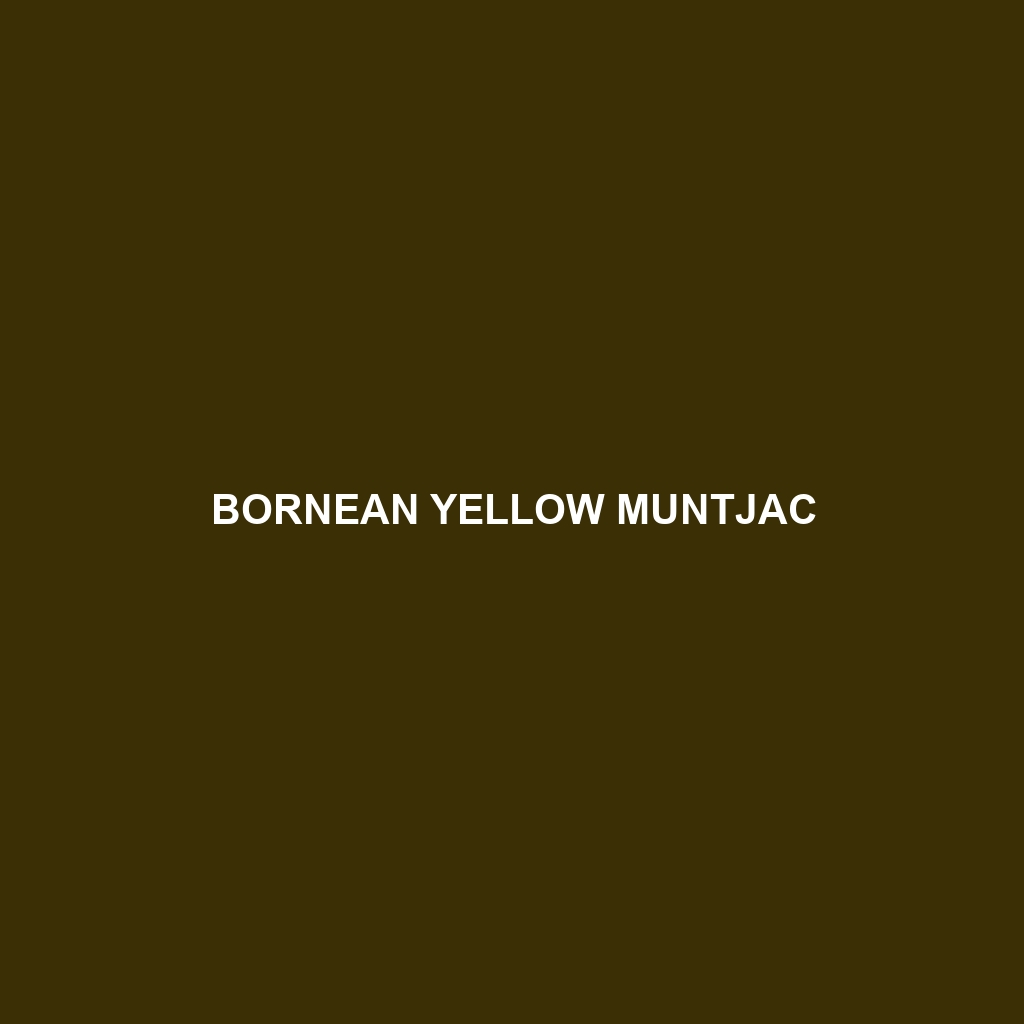Tufted Deer (Scientific Name: Elaphodus cephalophus)
Habitat: Tufted deer are primarily found in the dense forests of Southeast Asia, including regions in China, Vietnam, and Laos. They thrive in habitats such as broadleaf and mixed forests, favoring areas with ample underbrush for cover and feeding. These environments provide the necessary shelter and food resources essential for their survival.
Physical Characteristics: Tufted deer are medium-sized mammals, typically weighing between 40 to 50 pounds (18 to 23 kg) and standing about 30 inches (76 cm) at the shoulder. They boast a distinctive appearance with a short coat that varies from reddish-brown to grayish-brown, depending on the season. One of their most notable features is the tuft of hair that protrudes from the top of their head, giving them their common name. Males possess long, curved canine teeth that can grow up to 3 inches (7.5 cm) and are used during fights for dominance.
Behavior: Tufted deer are primarily nocturnal, exhibiting crepuscular behavior by being most active during the dawn and dusk hours. They are shy and elusive creatures, often relying on their excellent sense of smell and hearing to detect predators. Tufted deer tend to be solitary or found in small groups, and they establish territories marked by scent markings.
Diet: The diet of tufted deer mainly consists of leaves, fruits, and shrubs, making them herbivorous browsers. They prefer tender vegetation and occasionally consume fallen fruits and nuts when available. Their feeding habits heavily depend on the seasonal availability of food, which directly impacts their overall health and reproduction rates.
Reproduction: Tufted deer breed seasonally, typically during the autumn months. The gestation period lasts approximately 200 days, after which the female gives birth to a single fawn. The fawn is hidden in dense vegetation for protection from predators for several weeks. Mother deer are highly protective of their young, ensuring they remain hidden until they are old enough to join her in foraging.
Conservation Status: The tufted deer is currently classified as Vulnerable on the IUCN Red List. Threats to their population include habitat loss due to deforestation and poaching for their meat and antlers. Conservation efforts are in place to protect their natural habitats and mitigate hunting pressure.
Interesting Facts: One unique aspect of tufted deer is the presence of prominent, elongated canines in males, which resemble tusks. Furthermore, tufted deer can jump up to 6 feet (1.8 meters) high to escape predators, showcasing their impressive agility.
Role in Ecosystem: As herbivores, tufted deer play a key role in their ecosystem by aiding in seed dispersal and facilitating vegetation growth. Their browsing habits help maintain the balance of plant communities, contributing to the overall health of their forest habitats. Additionally, they serve as prey for larger predators, thus participating in the food web dynamics of their environment.
